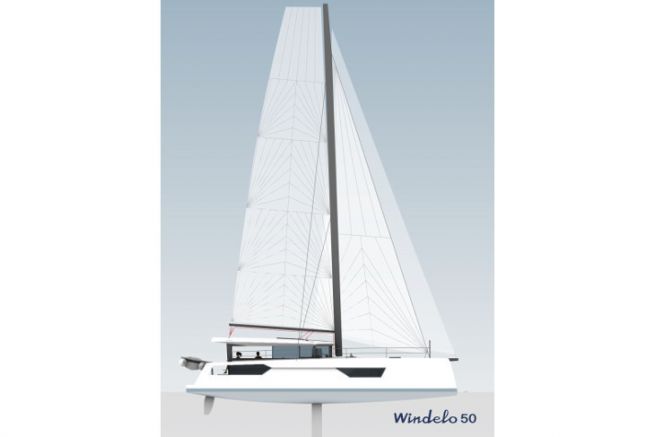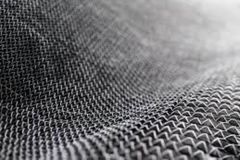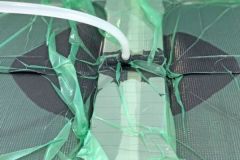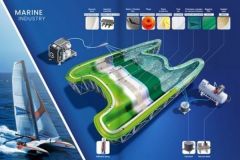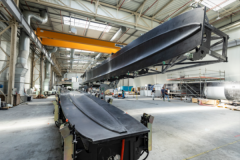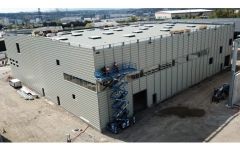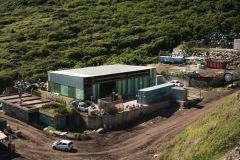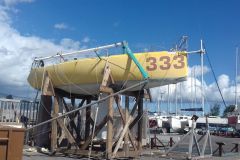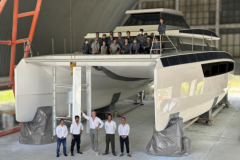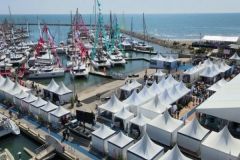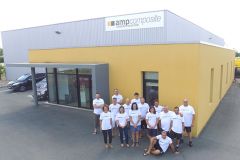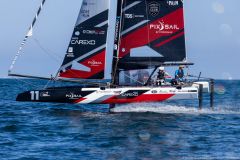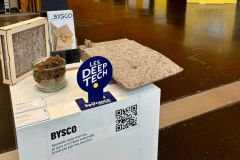Making a globally eco-responsible boat
Before finding the name Windelo, the project's code name was Eco-Cata. In other words, the ecological aspect is one of the first ingredients in Olivier Kauffmann's recipe for launching his new catamaran brand. In these days of greenwashing, the trend is classic, but the entrepreneur seems sincere and shows a willingness to think globally. " The eco-responsibility aspect has been there from the start of the project. It affects every aspect, not just the boat, but also the design of the factory, the way we work and the way the boat is used. "
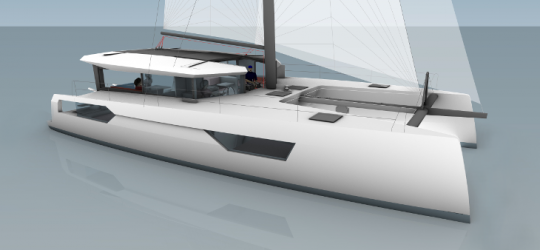
A materials research program
While the results cannot yet be disclosed, Olivier Kauffmann describes a process launched several years ago to find the right material for the construction of Windelo catamarans We launched a research program with the Ecole des Mines d'Alès. I've invested my own money and raised funds, obtaining subsidies from the French Environment and Energy Management Agency (Ademe) to work on new composites. The aim is to develop our material. We started by characterizing what was available on the market, so that we could then compare our solutions with other materials. Patents have been filed, and we'll be able to use our new sandwich with alternative fibers to glass. We're still working on resins. We've reached the development and prototyping phase on real parts of the boat. We're now working out the industrial process. "
Marble construction
Conventional composite yacht building uses molds. This solution requires costly investment and makes production less flexible. " When I discussed the Windelo project with all the captains of the yachting industry, they were always talking about molds. That's what stops them. So I thought of an assembled solution, with very large developable panels built on marble, a technique that already exists. I'm convinced that models have to change quickly, and this allows us to adapt. "For finer water entries, Windelo retains a hull bottom mold, but the rest of the boat is made from assembled panels. In this way, the builder limits the environmental impact of unnecessary tooling, while retaining the option of a custom-built boat.
A demountable boat factory
The Windelo catamaran manufacturing plant is scheduled for delivery in July 2019 in Canet-en-Roussillon. Set on a 10,800 m² quayside site, including 7,500 m² of building space, the first phase of construction will include 1,700 m² of buildings. Phasing is planned to keep pace with demand for multihulls. " I chose France after a world tour of the possibilities. It's a combination of conviction and economic relevance. The Occitanie region is committed to the project, the Perpignan conurbation is supportive, and the industrial fabric has a wealth of know-how from which we benefit with the help of Jean-Pierre Prade, Catana's founder. "explains Olivier Kauffmann.
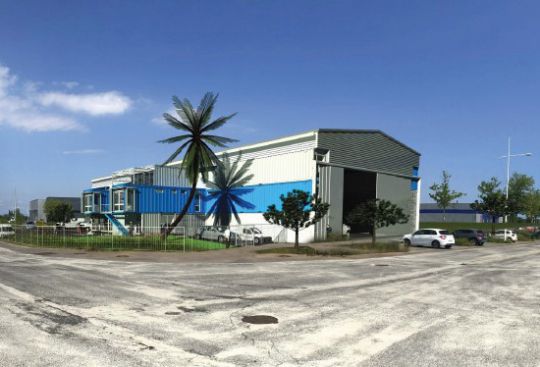
However, as part of an eco-responsible approach, the factory must not become an industrial wasteland at the end of the experiment. The contractor has integrated this parameter into his building project. " I've resurrected a container house project I had to abandon a few years ago. The idea is that of a dismountable factory, with container walls that house offices and storage. If necessary, it can be reassembled further down the line. "A particularly relevant concern in a region affected by rising sea levels...

 /
/ 